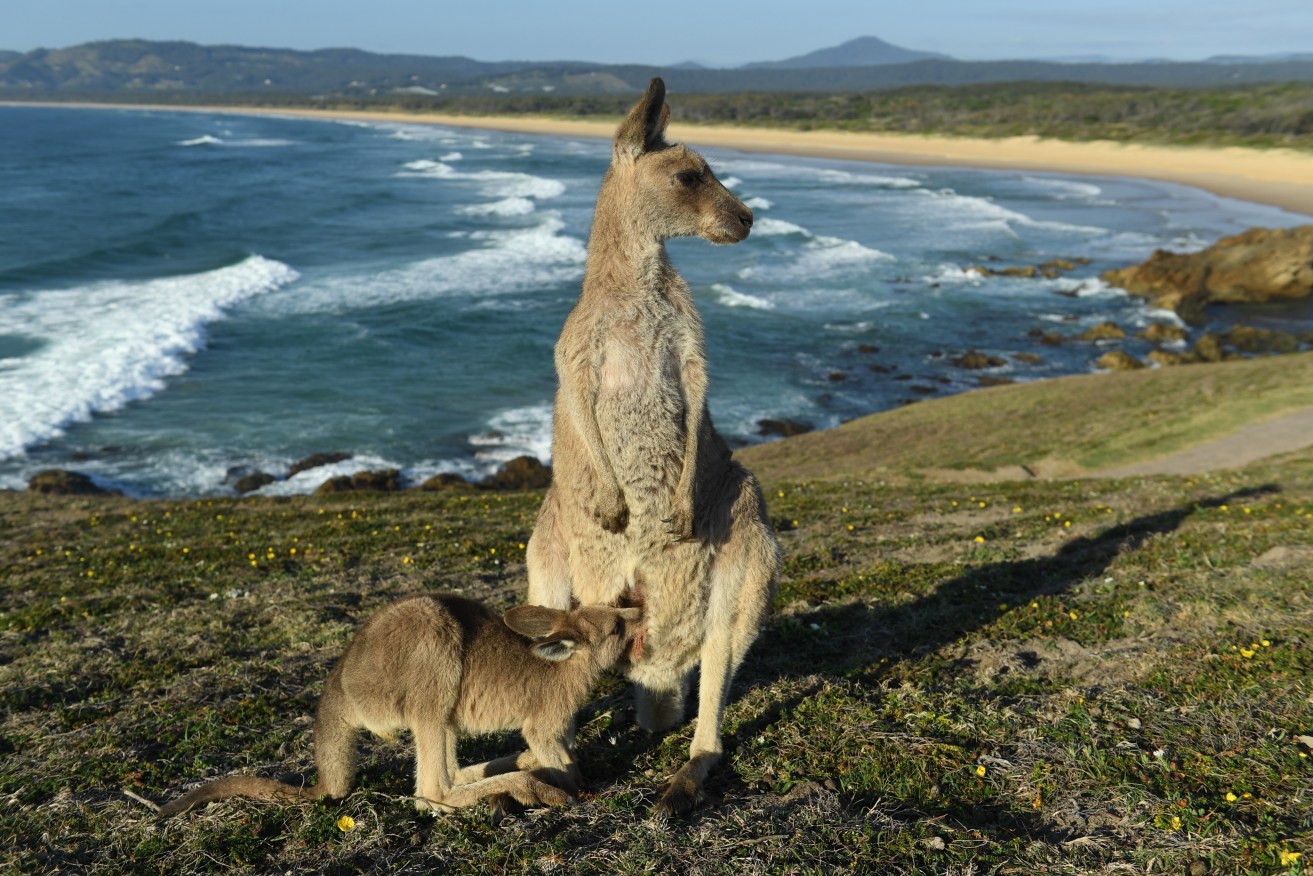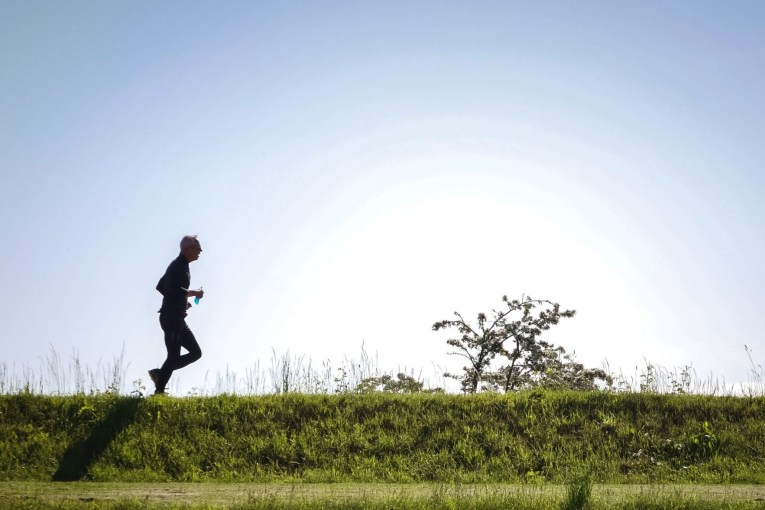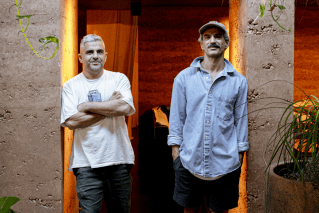The ancient tectonic stepping stones that make our wildlife so unique
There is a new explanation of why Australia’s unique marsupials such as the kangaroo and koala never made it to Asia, whereas other species were successful in travelling from north to south.

An eastern grey kangaroo joey feeds from it's mother at sunrise on Look At Me Now Headland, north of Coffs Harbour, Saturday, October 28, 2017. (AAP Image/Dave Hunt) NO ARCHIVING.
Biologists have long described an invisible boundary separating Australia, New Guinea and parts of Indonesia from continental South-East Asia.
Wallace’s Line is a hypothetical divider used to mark an uneven distribution of Australian and Asian creatures.
“If you travel to Borneo, you won’t see any marsupial mammals, but if you go to the neighbouring island of Sulawesi you will,” says Alex Skeels, from the Australian National University.
“Australia, on the other hand, lacks mammals typical of Asia, such as bears, tigers or rhinos.”
The uneven distribution of animal species is partly due to a change in ancient plate tectonics dating back 45 million years, ultimately leading to a continental collision, Dr Skeels says.
He is part of a major study led by biologists at ANU and ETH Zurich in Switzerland, providing an explanation for why kangaroos and koalas aren’t found in Indonesia, but many groups of animals that originated in Asia, such as goannas, rodents and kookaburras, are in Australia.
“About 35 million years ago, Australia was located much further south and was connected to Antarctica,” Dr Skeels said.
“At some point in earth’s timeline, Australia broke away from Antarctica and over millions of years drifted north, causing it to crash into Asia.
“That collision gave birth to the volcanic islands that we now know as Indonesia.”
The islands of Indonesia served as “stepping stones” for animals and plants that originated in Asia to reach New Guinea and northern Australia, and vice versa.
“Our research shows far more groups of Asian fauna crossed over and established themselves in Australia than in the opposite direction,” Dr Skeels said.
But the shifting landforms only partially explain the migration of Asian species to Australia.
When the Great Southern Land made its break from Antarctica, there was a climatic shift leading to a trend of global cooling and drying of the continents, resulting in mass extinction events around the world.
Despite the mass cooling, the climate on the Indonesian islands remained relatively warm, wet and tropical, Dr Skeels says.
Asian animals were already comfortable with such conditions, which helped them settle in Australia.
It was a different story for Australia’s unique wildlife.
“They had evolved in a cooler and increasingly drier climate over time and were therefore less successful in gaining a foothold on the tropical islands compared to the creatures migrating from Asia,” Dr Skeels says.
The researchers analysed a data-set of about 20,000 birds, mammals, reptiles and amphibians to determine which species hopped between Indonesia and Australia, and which ones were able to successfully adapt to their new home.
Dr Skeels says the findings could help predict which species are better positioned to adapt to new environments as climate change continues to impact global biodiversity patterns.












